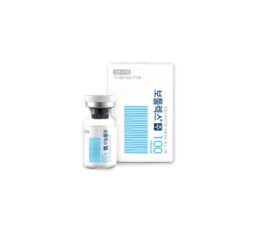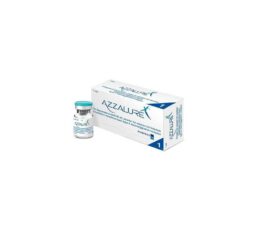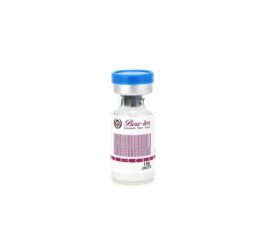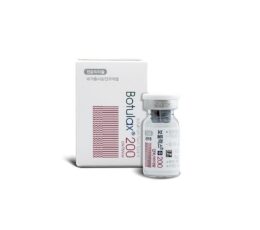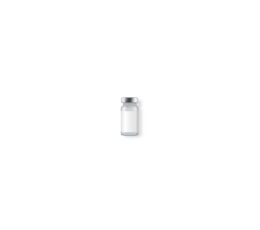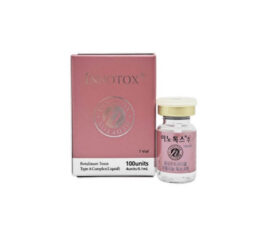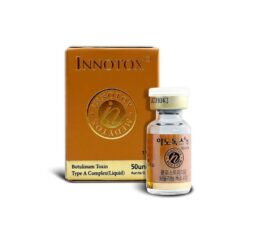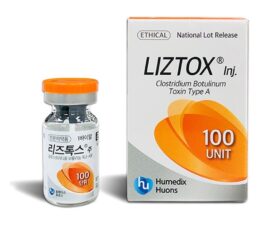Botox
Botox, a brand name for botulinum toxin type A, is a neurotoxin produced by the bacterium Clostridium botulinum. It is widely used in both medical and cosmetic fields to temporarily paralyze muscles, which helps to reduce the appearance of wrinkles and treat various medical conditions. Botox has gained popularity for its ability to provide quick, noticeable results with minimal downtime.
Key Features and Benefits
1. Wrinkle Reduction
Botox is most commonly used to reduce the appearance of dynamic wrinkles, which are caused by repeated muscle movements. These include:
- Forehead Lines: Horizontal lines that form across the forehead.
- Frown Lines: Vertical lines between the eyebrows, also known as glabellar lines.
- Crow’s Feet: Lines that radiate from the corners of the eyes.
2. Non-Surgical Treatment
Botox provides a non-surgical alternative to more invasive procedures like facelifts. It involves simple injections, making it a convenient option for those looking to improve their appearance without undergoing surgery.
3. Quick and Convenient
The Botox procedure is relatively quick, often completed within 15-30 minutes. This makes it an ideal “lunchtime” treatment for busy individuals. There is minimal downtime, and patients can typically return to their daily activities immediately after the procedure.
4. Medical Applications
Beyond its cosmetic uses, Botox is also used to treat various medical conditions, including:
- Chronic Migraines: Botox is FDA-approved for preventing migraines in adults who experience them for more than 15 days a month.
- Hyperhidrosis: Botox can effectively treat excessive sweating in areas like the underarms, hands, and feet.
- Muscle Spasms: It is used to treat muscle stiffness and spasms in conditions such as cervical dystonia and spasticity.
- Overactive Bladder: Botox can help manage symptoms of overactive bladder, such as frequent urination and urgency.
5. Long-Lasting Effects
While the effects of Botox are temporary, they typically last between 3-6 months. Regular treatments can help maintain the desired appearance and alleviate medical symptoms over the long term.
6. Minimal Side Effects
When administered by a qualified professional, Botox injections have minimal side effects. Common side effects are mild and temporary, making it a safe option for many individuals.
Ingredients
Active Ingredient
- Botulinum Toxin Type A: The primary component responsible for muscle paralysis.
Inactive Ingredients
- Human Albumin: A protein that stabilizes the solution.
- Sodium Chloride: Used to dilute the toxin.
Treatment Protocol
Initial Consultation
Before undergoing Botox treatment, a thorough consultation with a qualified healthcare provider is essential. This includes:
- Medical History: Assessing the patient’s medical history to identify any contraindications or potential risks.
- Aesthetic Goals: Understanding the patient’s aesthetic goals and areas of concern.
- Customized Plan: Developing a customized treatment plan tailored to the patient’s needs.
Preparation
- Skin Cleaning: The treatment area is cleaned thoroughly to reduce the risk of infection.
- Marking the Injection Sites: The provider may mark the precise injection sites to ensure accuracy.
Injection Process
- Technique: Using a fine needle, the provider injects small amounts of Botox into the targeted muscles. The number of injections depends on the treatment area and the desired outcome.
- Anesthesia: Typically, no anesthesia is required, but a topical numbing cream or ice pack can be applied to minimize discomfort.
Post-Treatment Care
- Immediate Care: Patients are advised to avoid rubbing or massaging the treated area to prevent the toxin from spreading to unintended muscles.
- Activity Restrictions: Strenuous physical activity, lying down, and head-down positions should be avoided for at least 4 hours post-treatment.
- Follow-Up: A follow-up appointment may be scheduled to assess the results and make any necessary adjustments.
Frequency of Treatments
Botox treatments are usually recommended every 3-6 months to maintain optimal results. The frequency depends on the patient’s response to the treatment and the specific area being treated.
Expected Results
Immediate Effects
- Initial Results: While some improvement can be seen within a few days, the full effects of Botox are typically visible within 1-2 weeks after treatment.
- Temporary Redness and Swelling: Minor redness, swelling, or bruising at the injection sites is common and usually subsides within a few hours to days.
Long-Term Results
- Wrinkle Reduction: Noticeable reduction in the appearance of wrinkles and fine lines.
- Symptom Relief: For medical applications, patients often experience significant relief from symptoms such as migraines, muscle spasms, or excessive sweating.
Maintenance
- Regular Treatments: To maintain the desired appearance and symptom relief, regular Botox treatments are recommended. The effects tend to last longer with consistent use.
Suitability
Ideal Candidates
- Adults with Dynamic Wrinkles: Those looking to reduce the appearance of wrinkles caused by facial expressions.
- Medical Conditions: Individuals seeking treatment for chronic migraines, hyperhidrosis, muscle spasms, or overactive bladder.
- Healthy Individuals: Candidates should be in overall good health with no contraindications to Botox.
Not Suitable For
- Pregnant or Breastfeeding Women: The safety of Botox in pregnant or breastfeeding women has not been established.
- Neurological Disorders: Individuals with certain neurological conditions such as myasthenia gravis or ALS should avoid Botox.
- Allergic Reactions: Those with known allergies to any components of Botox or previous allergic reactions to botulinum toxin.
Risks and Side Effects
Common Side Effects
- Mild Pain or Discomfort: Temporary discomfort at the injection sites.
- Redness and Swelling: Minor redness and swelling, usually resolving within a few hours to days.
- Bruising: Small bruises may appear at injection sites.
Rare Side Effects
- Allergic Reactions: Rarely, patients may experience allergic reactions ranging from mild to severe.
- Drooping Eyelids or Brows: If the toxin spreads to adjacent muscles, it can cause temporary drooping.
- Flu-Like Symptoms: Some individuals may experience flu-like symptoms shortly after the injection.
- Headache: A mild headache can occur post-treatment but typically resolves within a day or two.
Minimizing Risks
- Qualified Practitioner: Ensure the treatment is performed by a board-certified and experienced practitioner.
- Proper Aftercare: Following all post-treatment care instructions is essential to minimize the risk of complications.
Conclusion
Botox offers a versatile, non-surgical solution for both cosmetic and medical applications. With its ability to reduce the appearance of wrinkles, alleviate symptoms of various medical conditions, and provide quick, noticeable results, Botox has become a widely sought-after treatment. The procedure is minimally invasive, with minimal side effects and downtime, making it an appealing option for individuals seeking effective and convenient enhancements.
Disclaimer
Always consult with a healthcare provider to determine the most appropriate treatment for your specific condition. Individual results may vary, and consistent follow-up is essential for achieving and maintaining optimal outcomes.

